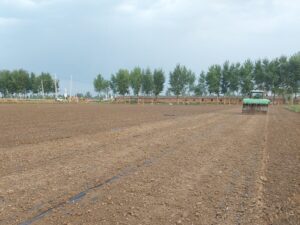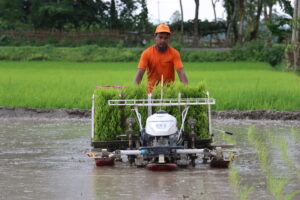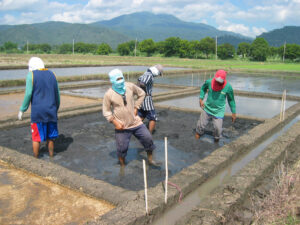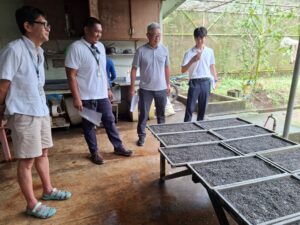By Untung Susanto1, Hasil Sembiring2, Russell Reinke2, and B.P. Mallikarjuna Swamy2
1National Research and Innovation Agency, Indonesia, 2International Rice Research Institute
Stunting due to Zinc deficiency is a major public health challenge in Indonesia. To address this, the government introduced Inpari IR Nutri Zinc, a high-zinc biofortified rice variety developed by IRRI and partners, now widely cultivated across high-stunting regions. The innovation helped reduce stunting from 30.8 percent in 2018 to 21.6 percent in 2022 and continues to scale with strong farmer uptake and broad institutional support.
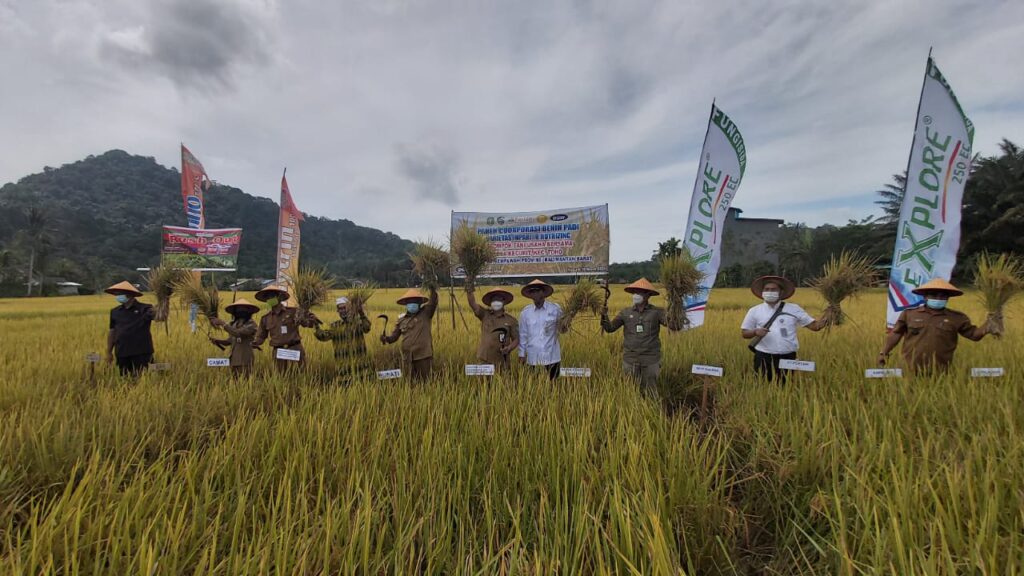
Stunting is an ongoing public health issue in Indonesia, and providing greater zinc (Zn) nutrition in the diet is key to combatting this problem. Inpari IR Nutri Zinc, the first Zn-biofortified rice variety in Indonesia, was released in 2019, and its adoption has been encouraged by the government to improve dietary Zn intake. The variety is now grown on more than 200,000 hectares and is a key component of the country’s multi-institutional program to combat stunting.
From Policy to Practice: Scaling Up Inpari IR Nutri Zinc
The Ministry of Agriculture, through the Directorate General of Food, developed a program to increase the cultivation of Inpari IR Nutri Zinc biofortified rice from 10,000ha in 2020 to 200,000ha in 2024. The number of regions involved in the program also increased from 34 regions in 2020 to 160 regions in 2023. The Indonesian Government provided seeds to farmers in support of the program, with the highest priority given to regions with a high prevalence of stunting.
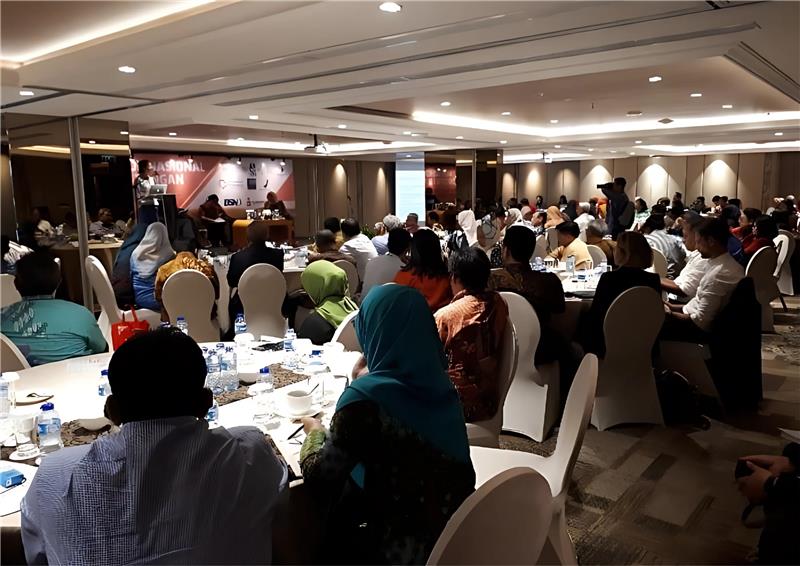
This program was implemented in collaboration with local governments in the targeted areas. In each district, the Head (Bupati or Regent) was tasked to lead the program, coordinating with all institutions involved, such as the National Population and Family Planning Board, the Ministry of Agriculture, the Ministry of Health, the Ministry of Education, and the Ministry of Internal Affairs, along with their regional counterparts.
Along with other interventions, this multi-sectoral and integrative approach, coupled with advocacy and promotion, has contributed to a reduction in stunting prevalence from 30.8% in 2018 to 21.6% in 2022. The Indonesian Health Survey 2023 showed that the prevalence of severe stunting and stunting in children under five years is 3.0% and 12.9%, respectively. This is below the 20% threshold set by WHO to categorize high prevalence. Furthermore, the Indonesian government continues to make strong efforts to reduce stunting and other nutrient disorders in the country.
Strengthening Seed Systems to Expand Access
The International Rice Research Institue (IRRI), in collaboration with Indonesian Center for Rice Research (ICRR) and HarvestPlus, has made significant efforts to develop and deploy Zn biofortified rice varieties in Indonesia. The Zn biofortified breeding lines underwent a series of multi-location trials and other required screenings from 2016 to 2018, that led to release of Inpari IR Nutri Zinc rice variety in 2019. The variety has a grain Zn content of 34.4 ppm in the brown rice sample, which is 25% higher than the Zn content of the most popular Indonesian variety, Ciherang. The grain Zn content of most Indonesian rice varieties is relatively low with an average of 22.41 ppm across 176 brown rice samples of Indonesian released rice varieties (Rohaeni and Susanto, 2021). Inpari IR Nutri Zinc provides additional dietary Zn without any yield penalty and can therefore make a significant contribution to reducing the prevalence of Zn deficiency and stunting in the country.
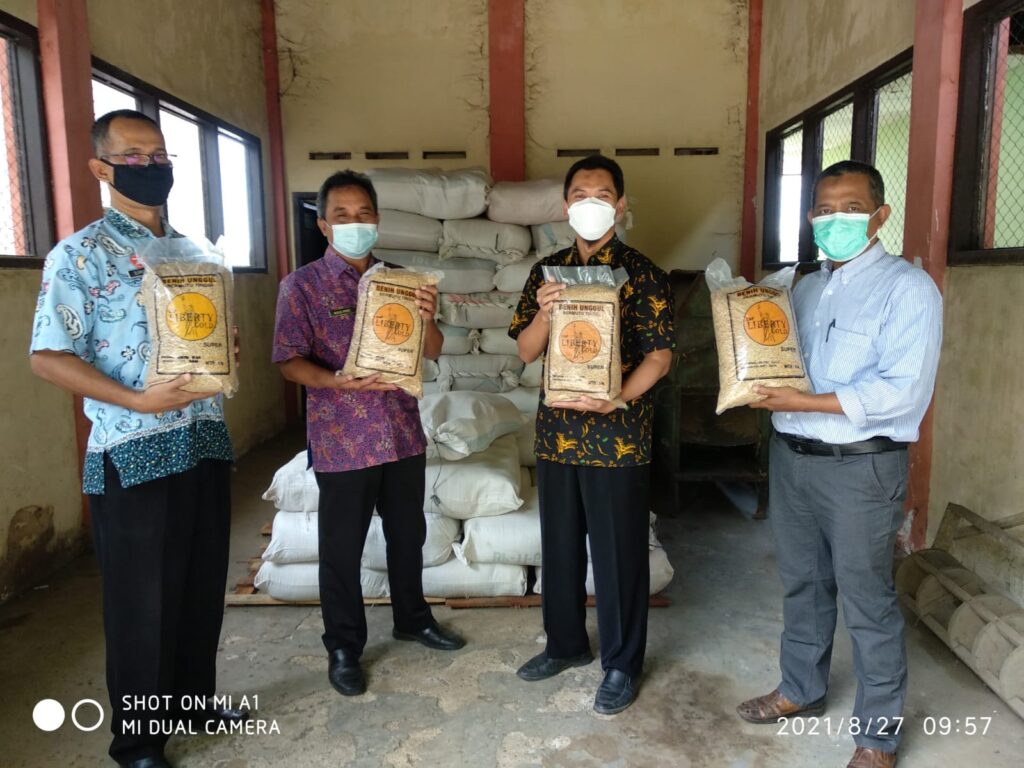
Seed production and distribution of Inpari IR Nutri Zinc is building each year. Source seeds (Breeder Seed, Foundation Seed, and Stock Seed) were produced by the Ministry of Agriculture, while seed producers further produce Foundation Seed, Stock Seed, and Extension Seed to meet regional seed requirements. In addition to government programs encouraging and supporting the planting of biofortified rice varieties, the variety has also entered the general rice seed system, independent of government support. The variety was produced on 219,604ha nationally in 2023, which is around 2.08% of the total Indonesian rice area, and ranked 8th among rice varieties in production area, just three years after its release.
What Farmers Say: Healthy, Tasty, and Pest Resistant
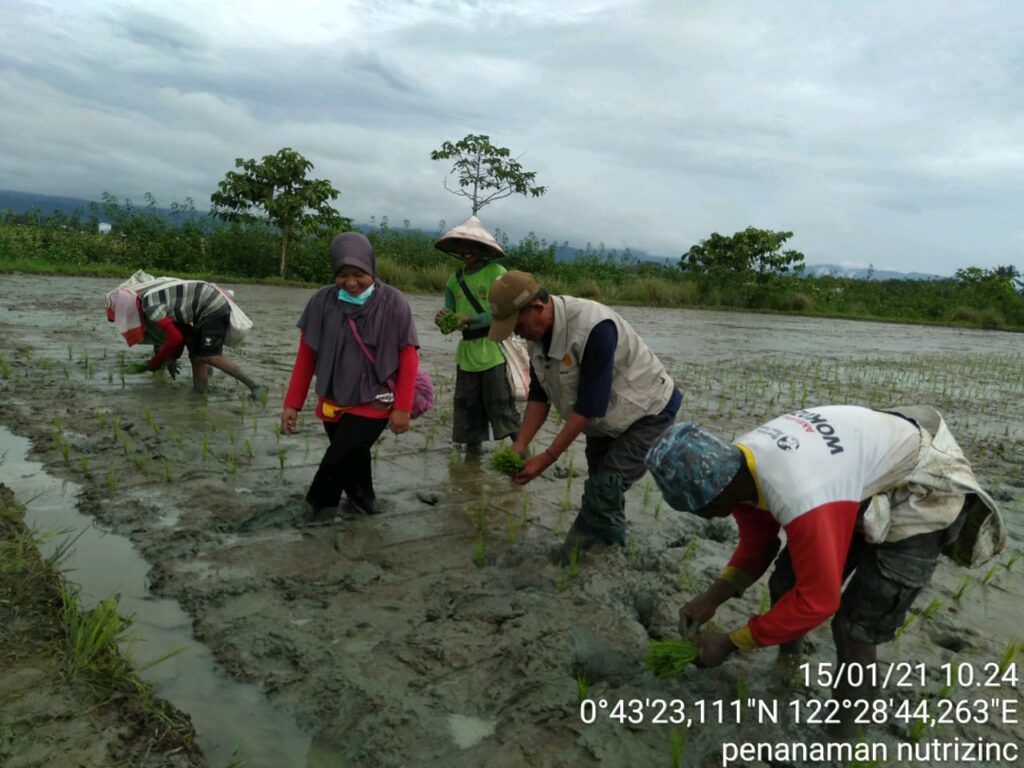
Farmers mentioned that the variety has relatively preferable taste, is more resistant to brown planthopper, and is believed to be more nutritious. Inpari IR Nutri Zinc is predicted to supply around one-third of the daily Zn requirement of the human body if used for daily rice consumption. It may significantly reduce the prevalence of Zn deficiency when combined with other components of a healthy diet.
Expanding the Portfolio of Zinc-Rich rice Varieties
Other Zn biofortified rice varieties have also been released, such as Inpago 13 Fortiz (for upland areas) in 2020, followed by Inpara 11 Siam HiZinc and Inpara 12 Mayas (both for swampy areas) in 2022. The seed production, dissemination, and distribution of these Zn biofortified rice varieties are being progressively executed. The Indonesian government continues to support the dissemination of Inpari IR Nutri Zinc along with other Zn biofortified rice varieties, while encouraging greater public participation.
Innovation and Partnerships for National Nutrition
Continuing efforts directed at rice biofortification in Indonesia will further contribute to combatting malnutrition by providing better-quality diets with greater micronutrient content to those who need it. The development of new biofortified varieties may be facilitated using the most advanced technologies, such as genome editing and genetic transformation, while maintaining current efforts. Some elite lines are in the pipeline for further testing and release, enriching the pool of available, affordable, and preferred biofortified rice varieties in Indonesia. Support and collaboration from all stakeholders are critical to enable rapid deployment of these varieties and achieve nutritional impact on a national scale.
References
Rohaeni W. R. and Susanto, U. 2021. Fe and Zn content of various genetic background of released rice varieties in Indonesia. IOP Conf. Series: Earth and Environmental Science 752 (2021) 012057. http://doi.org/10.1088/1755-1315/752/1/012057

